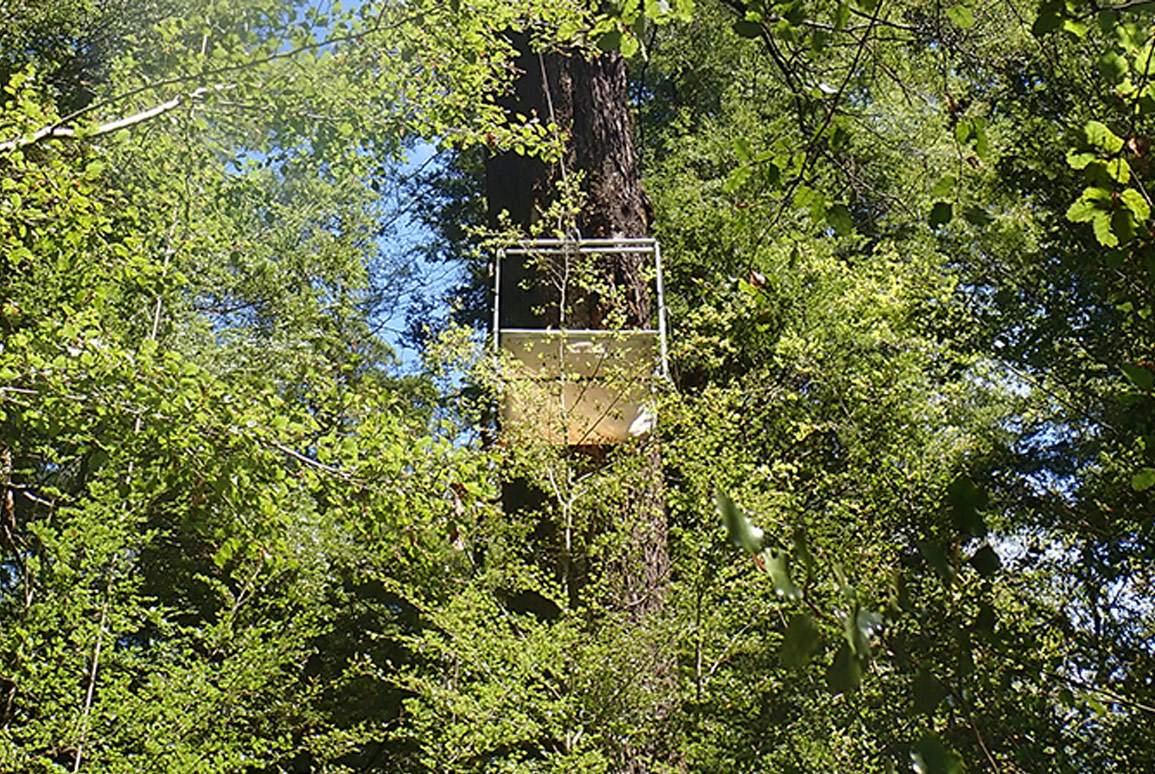Following Bats in Fiordland
13 February 2020
New Zealand is home to two extant species of native bat, the long-tailed bat (Chalinolobus tuberculatus) and the lesser short-tailed bat (Mystacina tuberculata).

Both species can be found in the Eglinton Valley, Fiordland where the Department of Conservation (DOC) runs an annual mark recapture monitoring programme to estimate population size and survival rates.
Ruby Bennett and Andrew Blayney spent nine days in early February assisting with DOC’s long-tailed bat monitoring programme in the Eglinton Valley, Fiordland National Park.
“Long-tailed bats give birth to a single pup during the summer, and most often roost in communal maternity roosts during the day,” says Ruby. “When night falls, bats leave the roosts to feed before returning with their pups to a different tree by sunrise.”
As long-tailed bats usually change roosts nightly, high frequency transmitters are used to locate new trees each morning. Bats are initially caught in free standing harp traps (a specialist bat trap made of parallel strands of fishing line which is undetectable by echolocation) to attach a transmitter to a lactating female. The following morning, she is radio-tracked to a tree and a potential roost hole is identified. Traps are set up covering the roost entrance and the waiting game begins.
As dusk falls, bats begin to leave the roost and fall into the harp trap. Bats are transferred into holding bags and assessed for their unique band number, sex, age, weight, and forearm length before being released. The following morning transmitted females are tracked to a new roost tree, and the process begins again.
Both species of native bats are vulnerable to habitat loss through tree felling, predation from introduced predators such as mustelids and rodents, and competition for roost sites by possums and rats.
For further information please contact Andrew Blayney





